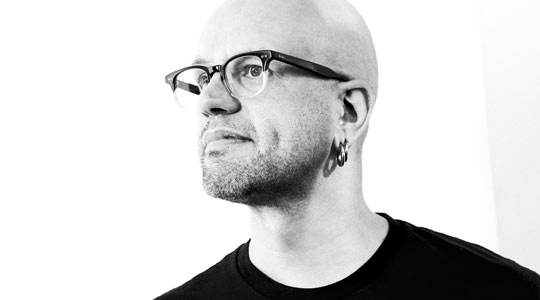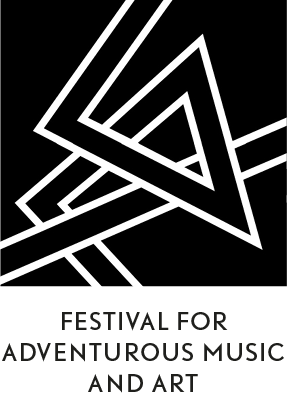Monolake
[DE]

Although perhaps best known for his peerless, timeless Monolake releases on Chain Reaction, Robert Henke is also widely renowned for the music, surround-sound performances, audiovisual installations, sound art, and photography he has been creating under his own name since the early nineties, and additionally as a co-creator of Ableton Live, a program that has redefined the electronic music industry.
Born in 1969 in Munich, Henke moved to Berlin in 1990 to study computer music at Elektronische Studio der Technischen Universität, followed by sound engineering at the Hochschule für Film und Fernsehen in Potsdam Babelsberg. Drawing inspiration from the opposing poles of techno and academic computer music, Henke and Gerhard Behles founded Monolake in 1995. From 1996 to 1998 Henke worked as a mastering and cutting engineer at Dubplates & Mastering, where he cut many of the early Monolake releases. As Monolake became more dancefloor-oriented, Henke was releasing drone-based sound environments under his own name. This work explored sound, structure, and the relationship between a sonic event and the space in which it occurs.
Together with Behles, Henke also co-designed Ableton Live, and his interest in the performance of computer-based music had a significant influence in the development of the software. He launched his own imprint, Imbalance Computer Music, in 1997. He has taught sound design at the Berlin University of the Arts since 2009.
Henke’s own work takes computer generated sound and images, field recordings, photography, and light and transforms, re-arranges, and modulates them via mathematical rules, real time interaction and controlled random operations. His output particularly prioritizes the exploration of spaces both virtual and physical. Many of his works use multiple channels of audio or are specifically conceived for unique locations and their individual properties. For a few years now, he has been exploring the artistic usage of high power lasers in his installations and performances. His performances “Lumiere” and “Lumiere II” appeared at Unsound and in Australia and London; his laser installation “Destructive Observation Field” traveled from Lille to Berlin to Eindhoven to Manchester between 2014 and 2015.
His latest album, VLSI, examines and makes use of sound worlds that predate the fateful innovations of the microprocessor and personal computer, thereby honoring “what could be done,” old-school style, “with a handful of chips and a good idea.”

